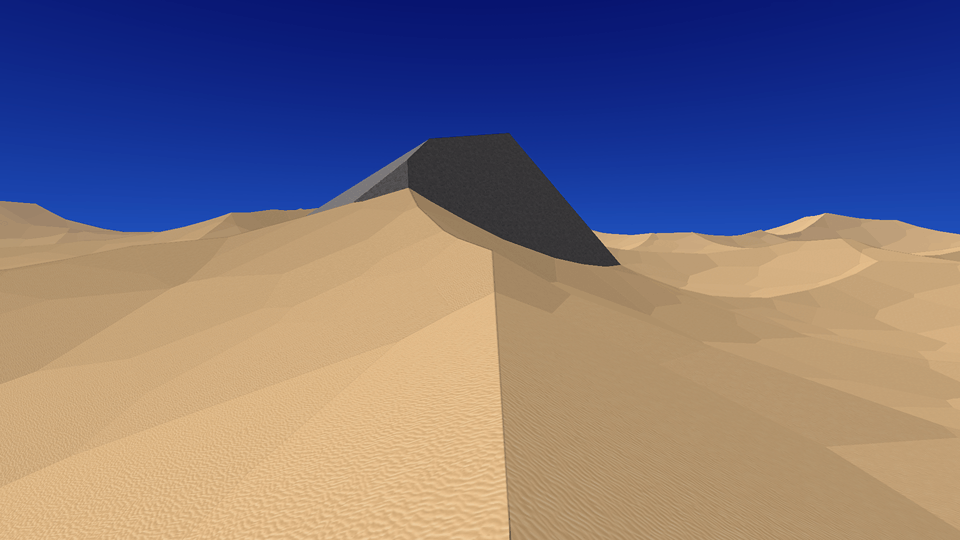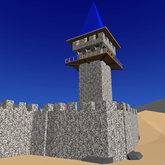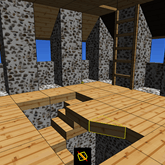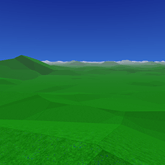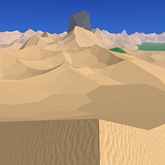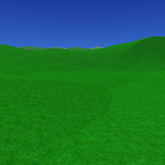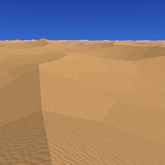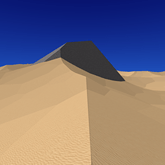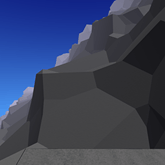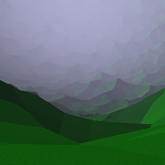Irrvoxels:
Irregular (or cellular) voxels are the basic building blocks in vorfract, where they are usually called cells.
Cells:
Though it can be argued that the world is one big whole broken into unnumbered parts, for day to day matters one unavoidably has to deal with those individual parts.
So on this level, while it may give the illusion of continuity, space is actually divided into pockets called cells, which are enclosed volumes created by the volume generators.
Cells can be repeatedly broken into smaller subcells or unbroken, joined back together, to make the original parent cell.
Every cell, whether big or small, has its own generator at its core. At least, no exception to this fact has been yet recorded.
Generators:
Volume generators (or kernels) are mysterious things laying at the world's foundations, giving it shape and substance.
They do this by creating enclosed, walled spaces called cells, which split them apart from their neighbors.
The whole world seems to be made of them, layer upon layer, all the way down.
By themselves, they are simple things, yet when woven together, even the very wise cannot fully grasp their intricacies.
Nexus points:
The corner spots where the cell walls come together are called nexus points.
At least three wall edges will meet at a nexus point, though sometimes there may be more.
Uls:
Uls tell how far apart things are or how long something is. For instance, a large walking stride or step is often close to the size of an ul.
Also, the height of a common chair seat is usually around half an ul.
Uws:
Uws tell how heavy something is or how much it weighs. For example, a large loaf of bread or a single brick would usually weigh around one uw.
